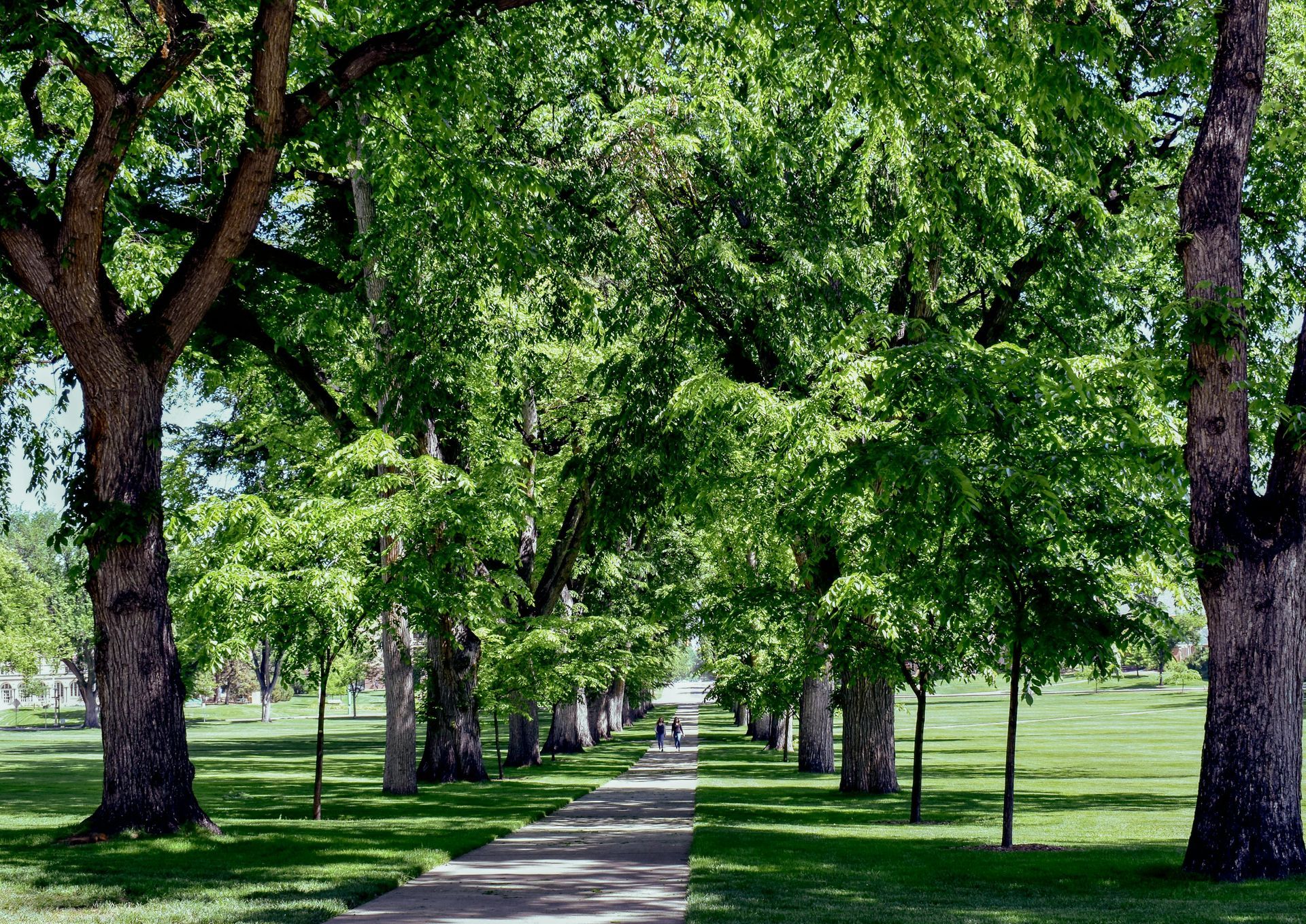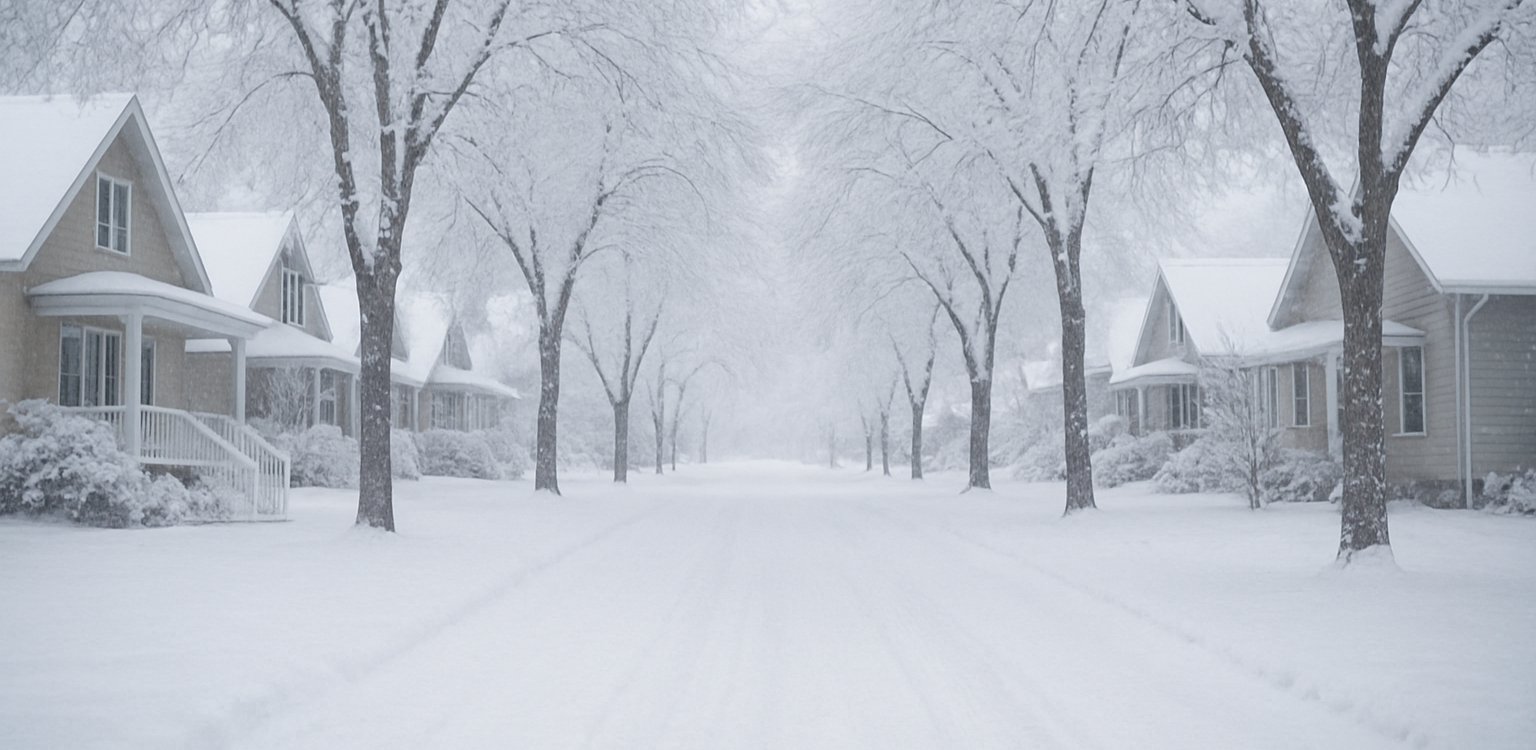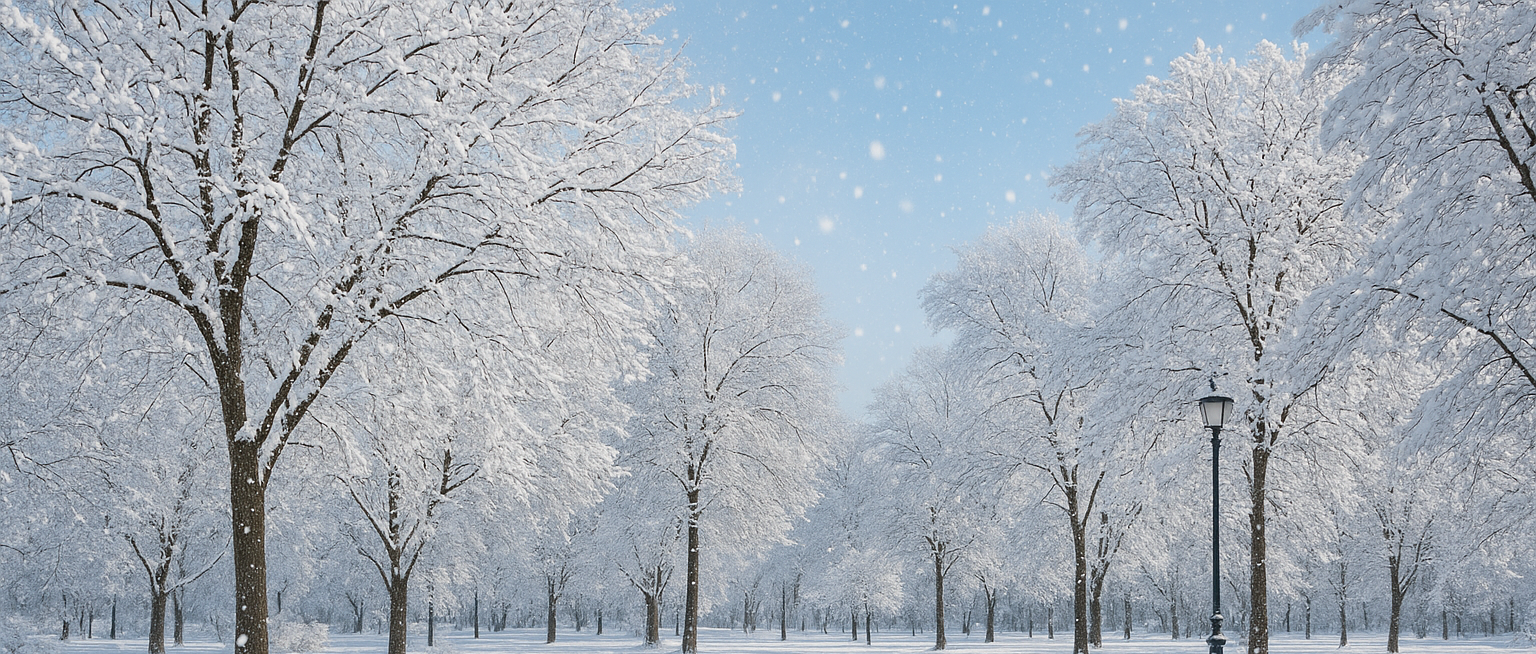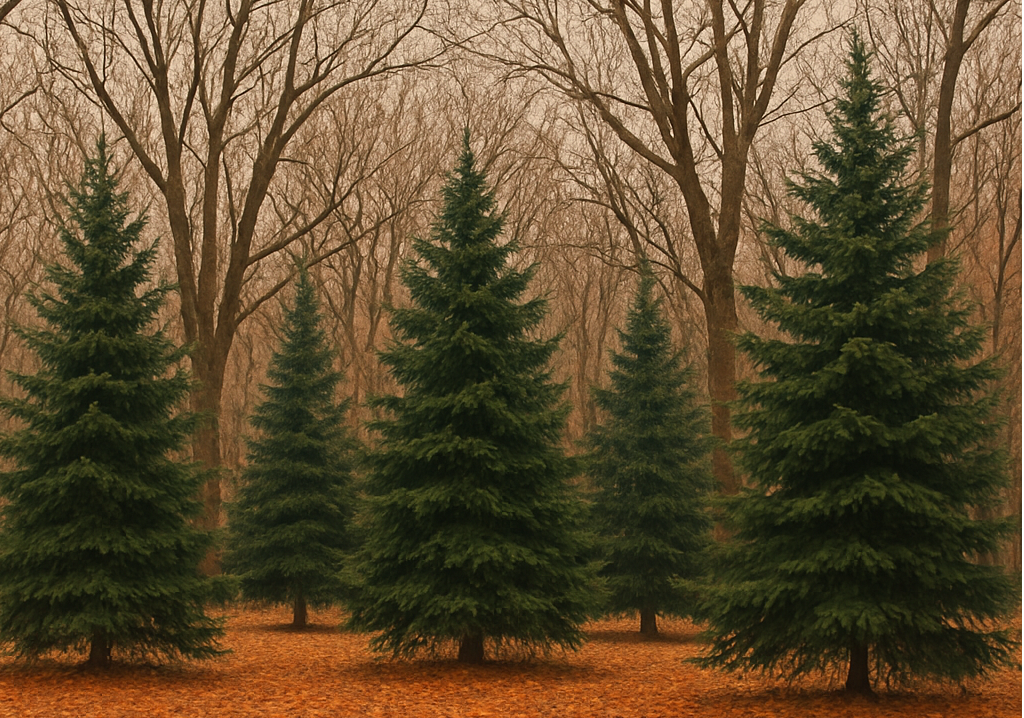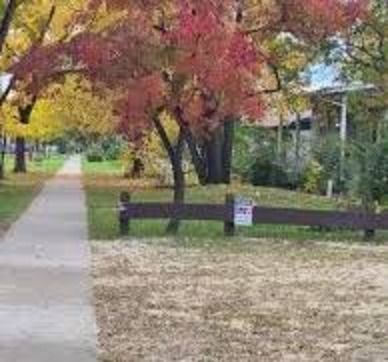How Trees Improve Mental and Physical Wellbeing: The Connection Between Greenery and Health Benefits
Trevor Soltys & Paul Kasper
🌳 In a world increasingly dominated by concrete jungles and digital screens, the simple presence of trees can be a profound antidote to modern stress. From city parks to forest trails, greenery offers more than just aesthetic pleasure—it’s a lifeline to better mental and physical health. Science, tradition, and personal experience all point to the same truth: trees heal.
🌿 Nature’s Therapy: Mental Health Benefits
Spending time among trees isn’t just refreshing—it’s restorative. Numerous studies have shown that exposure to green spaces can significantly reduce stress, anxiety, and depression.
- Stress Reduction: Trees help lower cortisol levels, the hormone associated with stress. Just a 20-minute walk in a wooded area can calm the nervous system and improve mood.
- Improved Focus and Creativity: Natural environments have been shown to enhance cognitive function. Children with ADHD, for example, often show improved concentration after spending time outdoors.
- Mood Elevation: Green spaces are linked to lower rates of depression and improved emotional resilience. The Japanese practice of shinrin-yoku, or “forest bathing,” encourages mindful immersion in nature and has been shown to boost serotonin levels.
Even the act of looking at trees through a window can have a soothing effect. Hospital patients with views of greenery tend to recover faster and require less pain medication than those without.
💪 Physical Health: Trees as Silent Guardians
Trees don’t just make us feel better—they help us live longer.
- Cleaner Air: Trees act as natural air filters, absorbing pollutants like nitrogen dioxide, ozone, and particulate matter. This leads to lower rates of respiratory issues such as asthma and bronchitis.
- Temperature Regulation: Urban areas with more trees are cooler, reducing the risk of heat-related illnesses. Shade from trees also encourages outdoor activity, which promotes cardiovascular health.
- Immune System Boost: Phytoncides—antimicrobial compounds released by trees—have been shown to increase white blood cell activity, strengthening the immune system.
In fact, neighborhoods with more tree cover often report lower rates of obesity, heart disease, and even mortality. Trees quietly shape the health of entire communities.
🌱 Social and Community Wellbeing
The presence of trees also fosters stronger social bonds and a sense of belonging.
- Encouraging Interaction: Green spaces invite people to gather, walk, and play. This increases social cohesion and reduces feelings of isolation.
- Crime Reduction: Surprisingly, areas with more trees often experience lower crime rates. The calming presence of nature may reduce aggression and promote prosocial behavior.
- Economic Value: Tree-lined streets can increase property values and attract businesses, contributing to community prosperity and pride.
In short, trees are not just passive scenery—they’re active participants in building healthier, happier neighborhoods.
🌍 A Call to Green Action
As urbanization accelerates, preserving and planting trees becomes more than an environmental concern—it’s a public health imperative. Governments, city planners, and individuals all have a role to play in greening our surroundings.
- Plant a Tree: Whether in your backyard or through a community initiative, planting trees is a direct investment in wellbeing.
- Support Urban Forestry: Advocate for policies that protect green spaces and promote tree planting in cities.
- Spend Time Outdoors: Make nature a regular part of your routine. Even brief exposure to trees can yield lasting benefits.
🌱 Local Green Spaces: A Few Examples of Winnipeg’s Natural Wealth
Winnipeg is blessed with an abundance of green spaces—over 3,500 hectares, in fact, which is roughly the size of 8,645 football fields. With more than 1,000 parks and an urban forest canopy that includes over 3 million trees, the city offers countless opportunities to connect with nature.
One such gem is Agnes St Green Space, a quiet pocket of greenery nestled in the West End. It’s a perfect example of how even small urban plots can serve as vital community hubs, offering residents a place to walk, relax, and recharge.
Other beloved spots include:
- Crescent Drive Park, which transforms into a cross-country ski haven in winter
- Hidden treasures like Fletcher Arms Park and Ruttan Bay Park, tucked away in residential neighborhoods
- Informal play areas like the Kebir Place Playground, where locals have created shared spaces with donated toys and community spirit
These green spaces aren’t just recreational—they’re restorative. They provide shade, clean air, and a sense of peace that’s hard to find elsewhere. And as Winnipeg continues to develop its Greenspace Plan and Biodiversity Policy, residents are being invited to share what they value most about these natural areas, ensuring that future generations can enjoy the same benefits. 🌲
🌸 Final Thoughts
Trees are quiet healers. They ask for little and give us everything—from cleaner air and cooler streets to calmer minds and stronger bodies. In the rush of modern life, reconnecting with greenery isn’t a luxury—it’s a necessity. So next time you pass a tree, pause. Breathe. Listen. Your body and mind will thank you.
